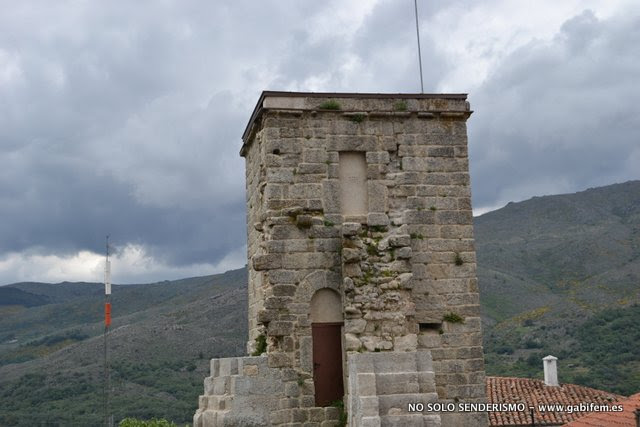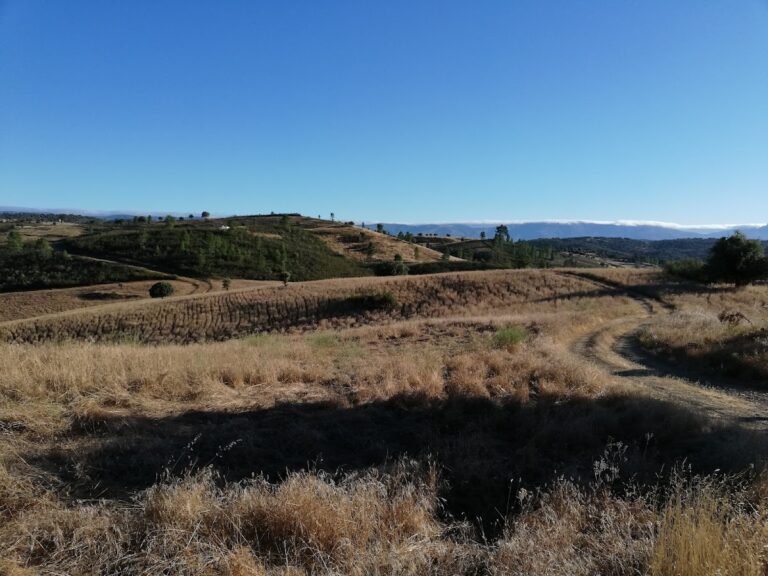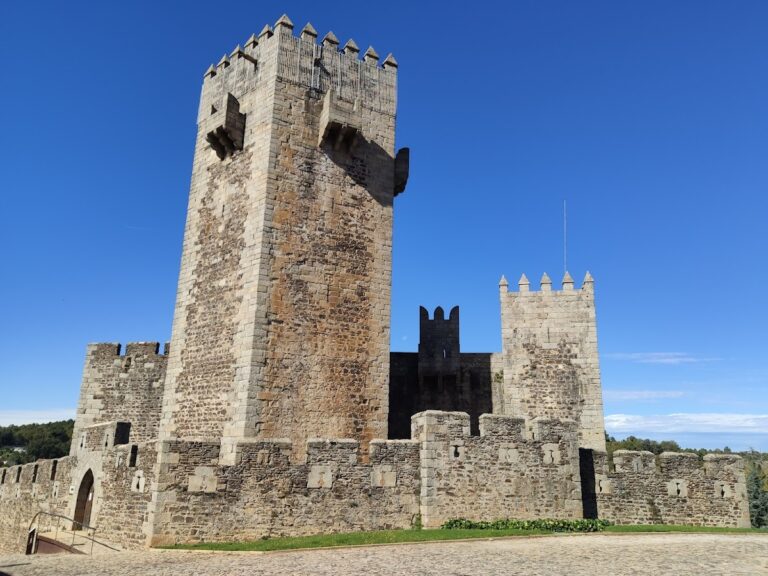Castle of Eljas: A Medieval Fortress in Spain
Visitor Information
Google Rating: 4.1
Popularity: Low
Google Maps: View on Google Maps
Country: Spain
Civilization: Unclassified
Remains: Military
History
The Castle of Eljas is situated in the municipality of Eljas in Spain. It was built by the Christian military order known as the Order of Alcántara, reflecting their presence and influence in the region during the late medieval period.
The origins of the site’s control date back to November 1302 when King Fernando IV granted the territory, including the future castle site, to the Order of Alcántara. At that time, it fell under the administration of the encomienda of Salvaleón, a kind of territorial command established by the order for managing lands and resources. Although the castle itself was constructed later, in the 15th century, its establishment marked the order’s expanding defensive and administrative network in the borderlands.
During the 15th century, the castle was built to serve as the seat of one of the encomiendas belonging to the Order of Alcántara from 1455 onwards. This reinforced its role in local governance and military defense. In the 16th century, the fortress underwent renovations, likely to update its fortifications and adapt to changes in warfare or regional needs.
The castle’s strategic importance became apparent during the 17th century when it functioned as a military stronghold amid the conflicts between Spain and Portugal. The border wars in this period led to partial destruction of the castle, affecting its structural integrity and diminishing its effectiveness as a defensive position.
From the 18th century, the Castle of Eljas began to deteriorate gradually, suffering neglect that led to its ruination. Despite this decline, the monument gained official recognition when it was declared a Historic-Artistic Monument in either 1970 or 1976, depending on varying sources. Further legal protections came under Spanish heritage laws, including the Historical Heritage Law 16/1985 and an earlier decree from April 22, 1949.
In the early 21st century, efforts were made to stabilize and restore the castle remains. In 2005, the local municipality invested around 80,000 euros to consolidate the structure and prevent further decay. More recently, in 2022, the Castle of Eljas was designated a Bien de Interés Cultural (Asset of Cultural Interest) with the category of monument, underscoring its historical and cultural significance.
Remains
The surviving remains of the Castle of Eljas present a glimpse into its medieval defensive architecture. The layout is characterized by a fortified enclosure defined by defensive walls, traces of which are still visible today. The walls were built using local stone materials typical of the region and designed to protect the occupants from attacks.
Among the most prominent features are two towers that have endured through the centuries. One tower has a prism-shaped form, typical of military designs aimed at providing strong defensive angles. The other tower stands out for its circular plan, which offered additional advantages in deflecting projectiles and improving visibility.
Part of the castle’s enclosure now forms part of the walls surrounding the town cemetery, which occupies what was once the castle’s interior courtyard. This adaptation illustrates how the original military site was repurposed as the community’s needs changed over time. Notably, some carved stone elements taken from the castle have been reused within the cemetery, framing tombs and thus carrying the castle’s material legacy into the modern era.
The remainder of the structure survives in fragmentary condition, showing signs of the partial destruction it sustained during the 17th century conflicts. Restoration efforts in recent years have sought to consolidate these remains, halting further deterioration while respecting the historic fabric of the site.
Together, these elements reflect a medieval fortress that served both administrative and military functions, with its physical remains continuing to tell the story of its past through the stones that still stand in Eljas today.










